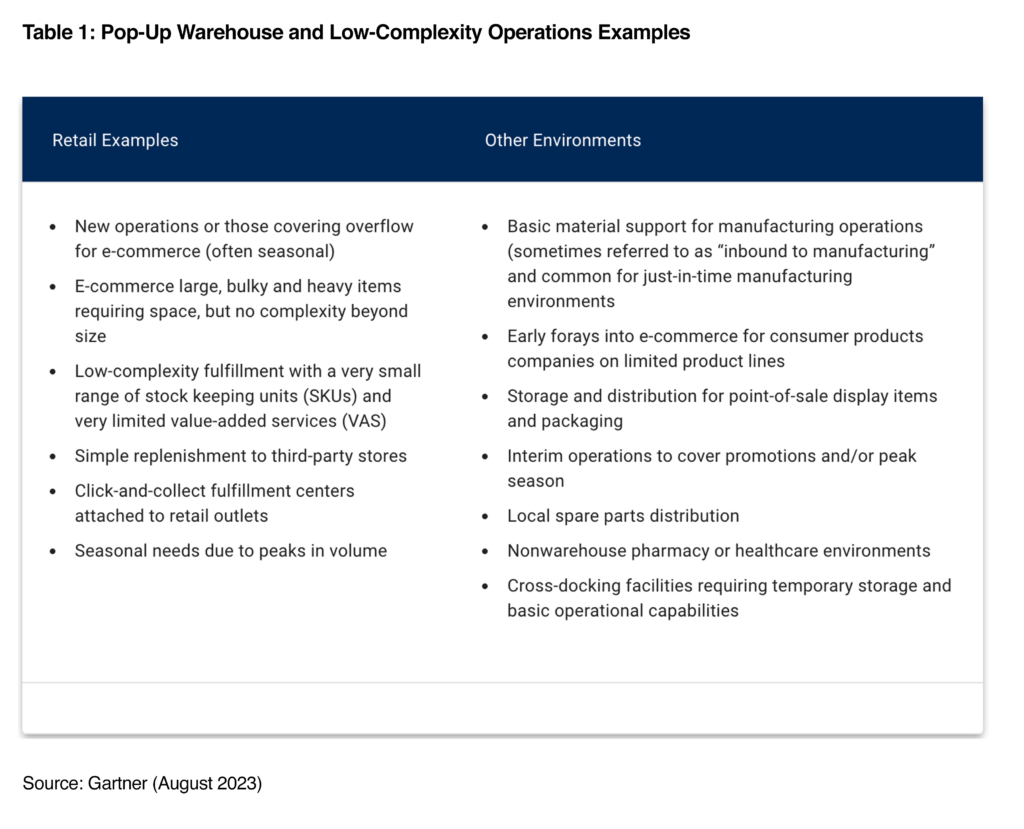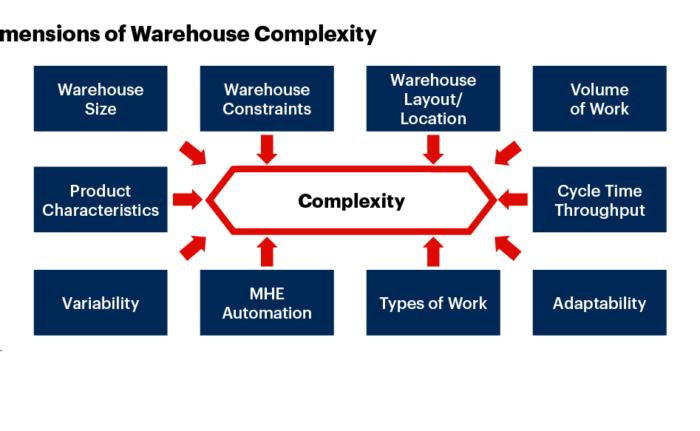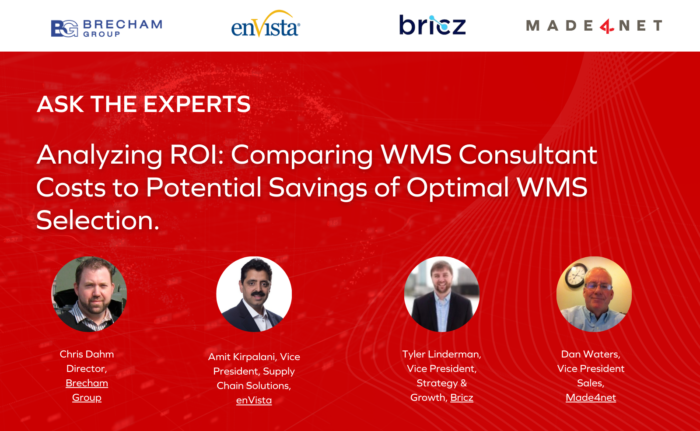The use of pop-up warehouses and low-complexity distribution operations is accelerating due to several key factors that address the evolving needs and challenges within the modern supply chain landscape. These include:
#1. Seasonal and Cyclical Demand Fluctuations:
Pop-up warehouses offer a flexible solution to handle seasonal or cyclical demand spikes, especially in industries such as retail during peak shopping seasons or e-commerce during holiday sales. These temporary facilities allow companies to scale up operations quickly to meet increased demand without committing to long-term leases or high fixed costs.
#2. E-commerce Growth:
The rapid growth of e-commerce has led to a surge in demand for distribution facilities close to urban centers to facilitate faster last-mile deliveries. Pop-up warehouses strategically placed near urban areas can improve order fulfillment speed and reduce shipping costs, providing a competitive edge in the e-commerce market.
#3. Supply Chain Resilience and Disaster Response:
Pop-up warehouses are instrumental in disaster response scenarios where immediate supply chain adjustments are necessary to deliver essential goods and aid to affected areas. The flexibility and speed in setting up these facilities aid in disaster relief, enhancing supply chain resilience and responsiveness.
#4. Temporary Promotions and Events:
Retailers and event organizers often utilize pop-up warehouses for temporary promotions, pop-up shops, or events. These short-term facilities provide the required storage and logistics support during promotional campaigns or special events, enhancing the customer experience.
#5. Optimization of Inventory Management:
Pop-up warehouses allow for better inventory management by strategically placing them closer to demand hubs. This reduces lead times and minimizes the amount of inventory held, optimizing the balance between service levels and inventory costs.
Software and Services for Lower-complexity Distribution Needs
From a technical standpoint, pop up warehouses are normally low in complexity. The latest report by Gartner®, Choose the Right Software and Services for Low-Complexity and Pop-Up Operations, explains that, “Pop-up warehouses are normally Level 1 environments, and rarely even grow to require modest Level 2 capabilities.” The report also mentions that, warehouses in Level 1 environments, “typically have rudimentary bin-tracking or single-storage location systems, with most processes manual and not system-directed” and notes for Level 2 environment that “These systems are appropriate for undemanding facilities that need basic WMS capabilities, and are the first level where multilocation inventory storage is introduced.”. As such, simplicity is paramount in terms of the software and services used to manage these operations. And, according to Gartner, “Top-tier WMSs can be costly and may not fit these environments.”
In Choose the Right Software and Services for Low-Complexity and Pop-Up Operations, Gartner examines three primary options that supply chain leaders can use to support low-complexity Level 1 and low Level 2 warehouse environments. They are:
- Primary and Alternative WMS Solutions
- Non-WMS Software Alternatives
- Avoiding Software Deployments with Outsourced/Collaborative Activities
Primary and Alternative WMS Solutions
Made4net is included in the list of WMS Vendors That Provide Solutions for Level 1 and Low Level 2. According to the research, “This list includes vendors that qualified for our global Magic Quadrant™ for Warehouse Management Systems, with solutions that scored higher than 3 out of 5 for Level 1 warehouse environments based on the weightings given to capabilities in our 2023 Critical Capabilities for Warehouse Management Systems report. The solutions also provide a good offering for some other warehouse environments.”
Made4net (Small Business Edition) is also included in the WMS Vendors’ Alternative Solutions for Simple Level 1 Environments. According to the report, “WMS vendors recommend the following solutions as alternatives to their go-forward WMS solutions for simple Level 1 or lower complexity environments.”
Non-WMS Software Alternatives
For the simplest environments, the research questions whether a true WMS is required at all. The report states that, “There is a range of software alternatives that could be used when not deploying a WMS or alternative solutions provided by WMS vendors.” These include the following.
Using Very Basic Manual Processes, Such as Excel, for a Short Time Period
- Using Mobile Data Collection Solutions
- Using Megasuite (e.g., ERP) Vendors can be a viable option
Avoid Deploying Software by Utilizing Outsourcing/Collaborative Alternatives
Finally, the report mentions that, “For some organizations seeking to set up low-complexity or seasonal operations, managing this program of activities and deploying the software themselves may not be the best option. Integrations can be time-consuming and may run into issues.” The report further states that these companies should seek support from new or existing 3PL partners or assess the capabilities in the on-demand warehouse marketplace.
Next Steps
In summary, the acceleration in the use of pop-up warehouses and low-complexity distribution operations is being driven by the need for flexibility, agility, cost-efficiency, and optimized operations in response to changing market dynamics and consumer demands. These strategies enable companies to adapt swiftly and effectively in a competitive and rapidly evolving business environment.
Simplicity is paramount in terms of the software and services used to manage these operations. Gartner notes that “Most WMS solutions are designed to support more complex and sophisticated warehouse operations, and, thus, do not effectively support this area. However, there are some offerings that are a reasonable fit.”
We encourage you to use Gartner research as part of an evaluation of WMS products. You can get a complimentary copy of the 2023 Gartner Magic Quadrant for Warehouse Management Systems here. If you need support evaluating solutions, we’re here to help. Schedule a call to learn more.
Gartner, Choose the Right Software and Services for Low-Complexity and Pop-Up Operations, Simon Tunstall, Dwight Klappich, Rishabh Narang, & Federica Stufano, 23 August 2023
Disclaimers:
GARTNER is a registered trademark and service mark of Gartner and Magic Quadrant is a registered trademark of Gartner, Inc. and/or its affiliates in the U.S. and internationally and are used herein with permission. All rights reserved.
Gartner does not endorse any vendor, product or service depicted in its research publications and does not advise technology users to select only those vendors with the highest ratings or other designation. Gartner research publications consist of the opinions of Gartner’s research organization and should not be construed as statements of fact. Gartner disclaims all warranties, expressed or implied, with respect to this research, including any warranties of merchantability or fitness for a particular purpose.




